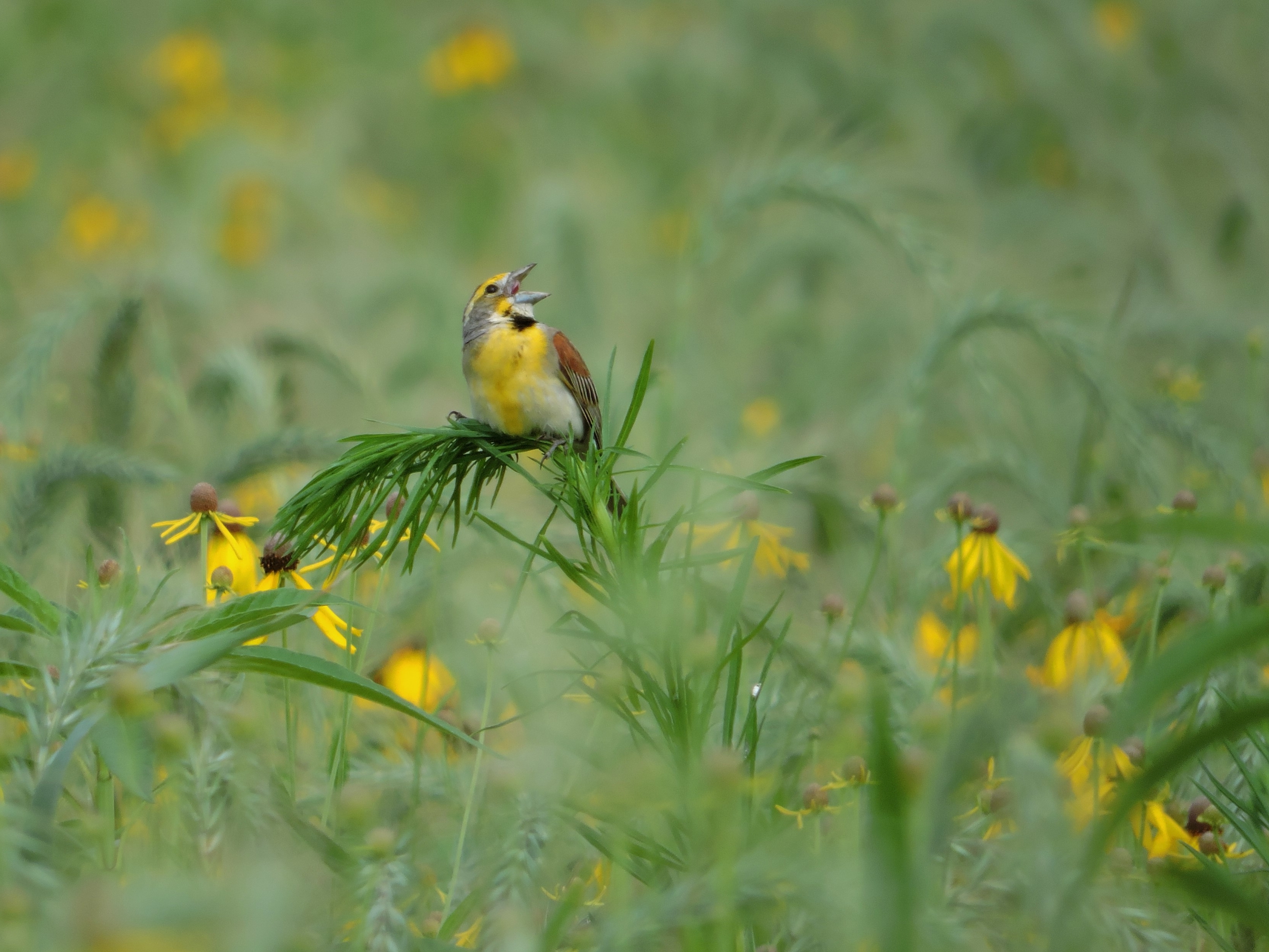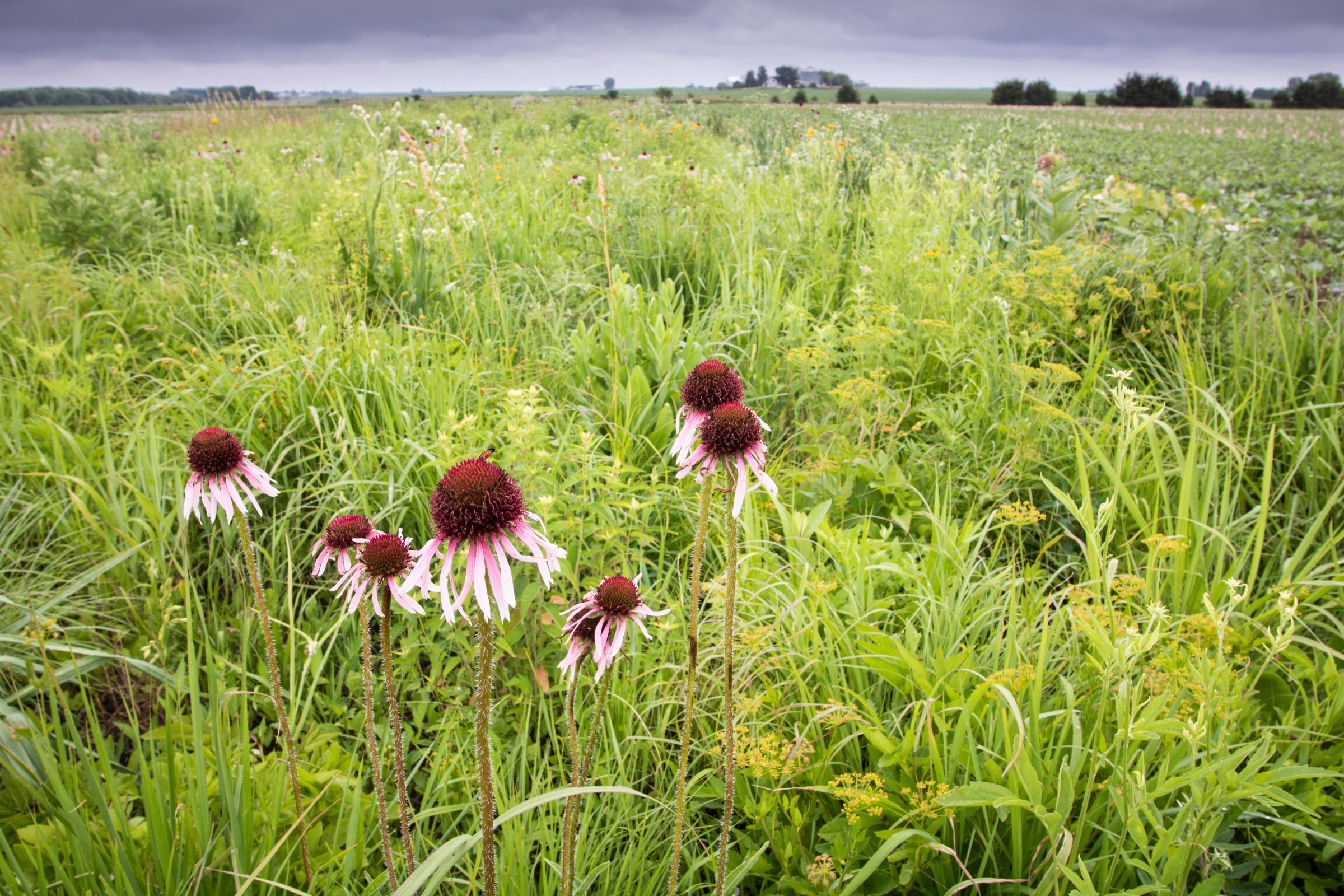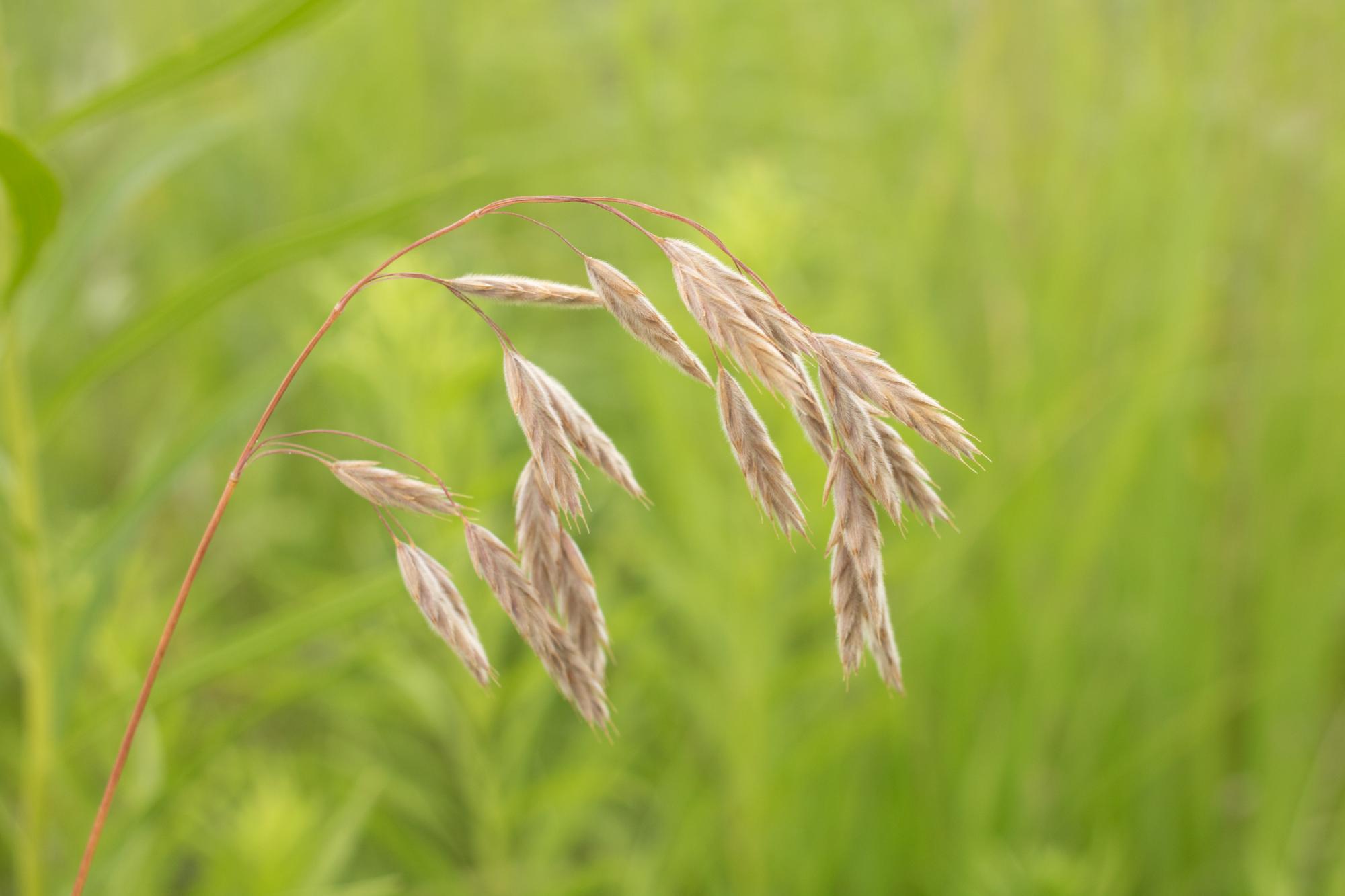Irvine Prairie Observation Guides
What Can You Observe at Irvine Prairie?
As more acres of former crop ground are converted to prairie each year of the project, we hope to see grassland-dependent bird, insect, and mammal species returning to Irvine Prairie.
We are preparing some simple guides to help you learn about the most common or important species of birds, insects, wildflowers and grasses you are likely to find at Irvine Prairie. These guides can also be used for identifying common species at other restored prairies. Each observation guide will be posted here as it is completed.
Thanks to 2019–20 AmeriCorps Communications Associate, Rowan McMullen-Cheng, for creating the observation guides.
Please share your observations and photos with us by emailing laura.walter@uni.edu. We are excited to see what you find!
To help plan your visit to Irvine Prairie, please go to the Irvine Prairie Visitors Policy page.

Birds
Irvine Prairie is a great place to observe grassland birds. Many grassland species that are currently in decline like the Eastern meadowlark have made a comeback at Irvine Prairie in recent years. Check out our Irvine Prairie Ornithology Guide below to learn about some of the common birds found at Irvine Prairie.

Wildflowers
With over 100 species of native prairie plants observed to date, Irvine Prairie is a perfect place to botanize. Check out our guide to wildflowers below for an introduction to common prairie wildflowers found at Irvine Prairie.

Grasses
Grasses are the most common plants found at Irvine Prairie, but they are notoriously difficult to identify. Our observation guide linked below will help you identify the most common species of grasses found at Irvine Prairie.

